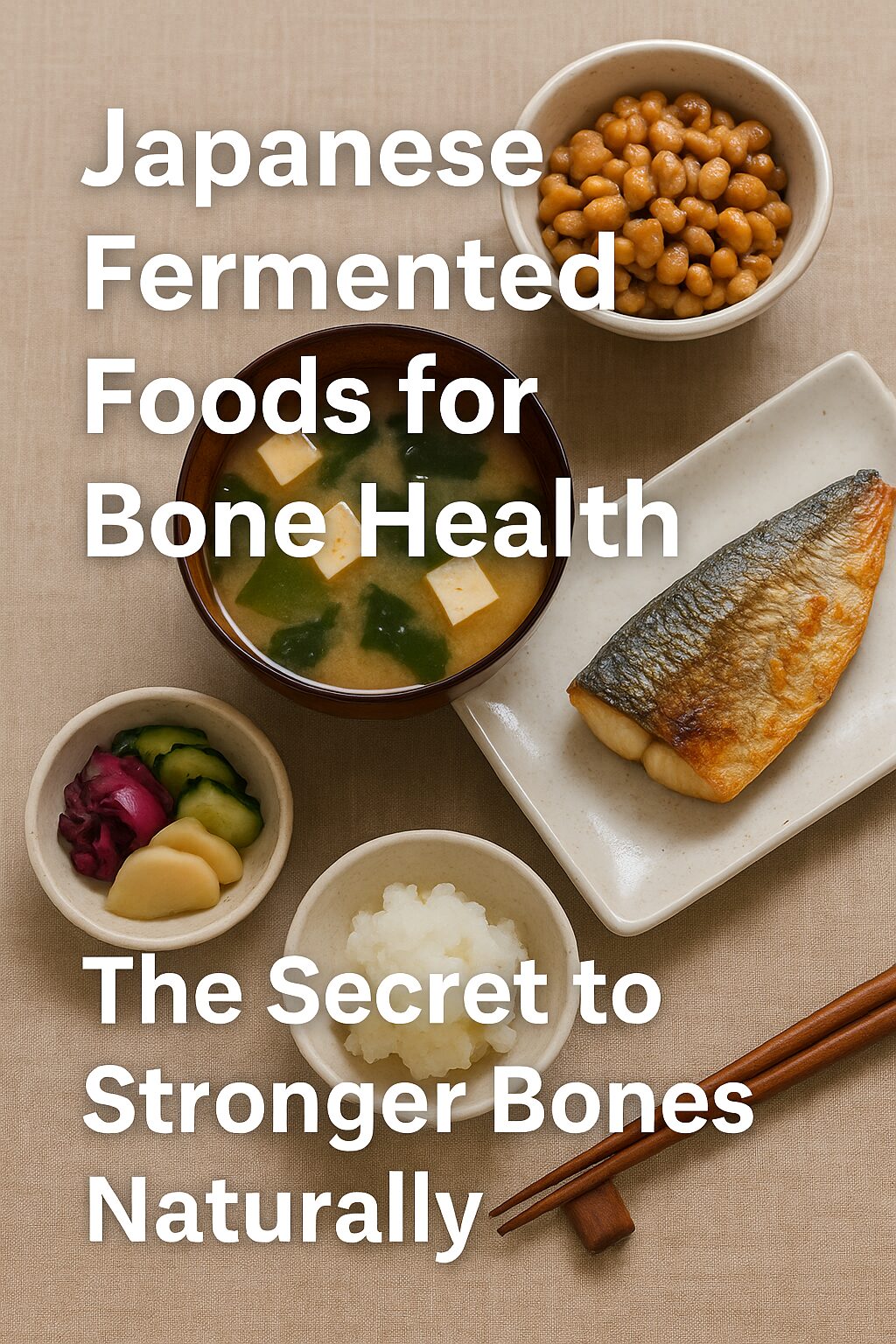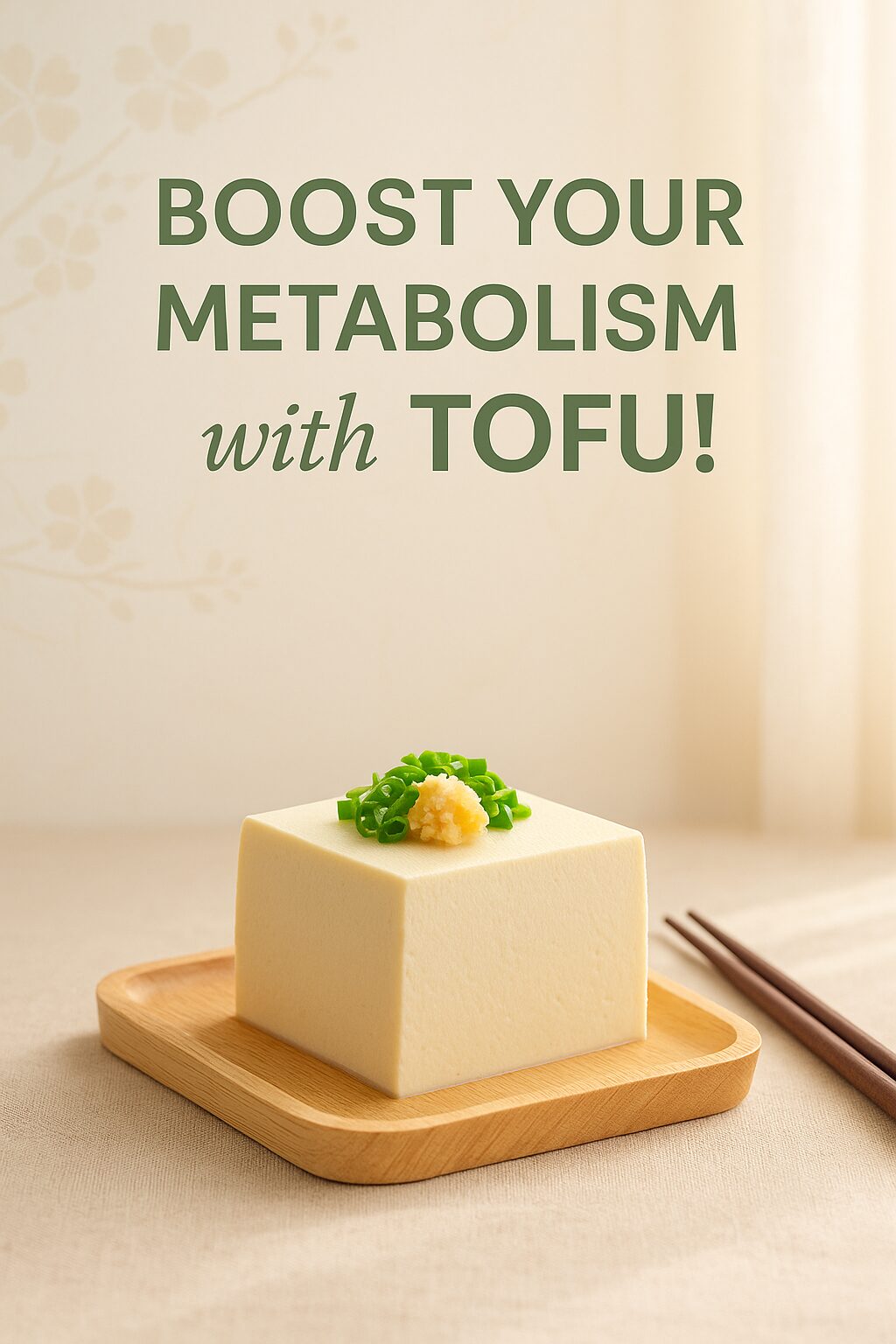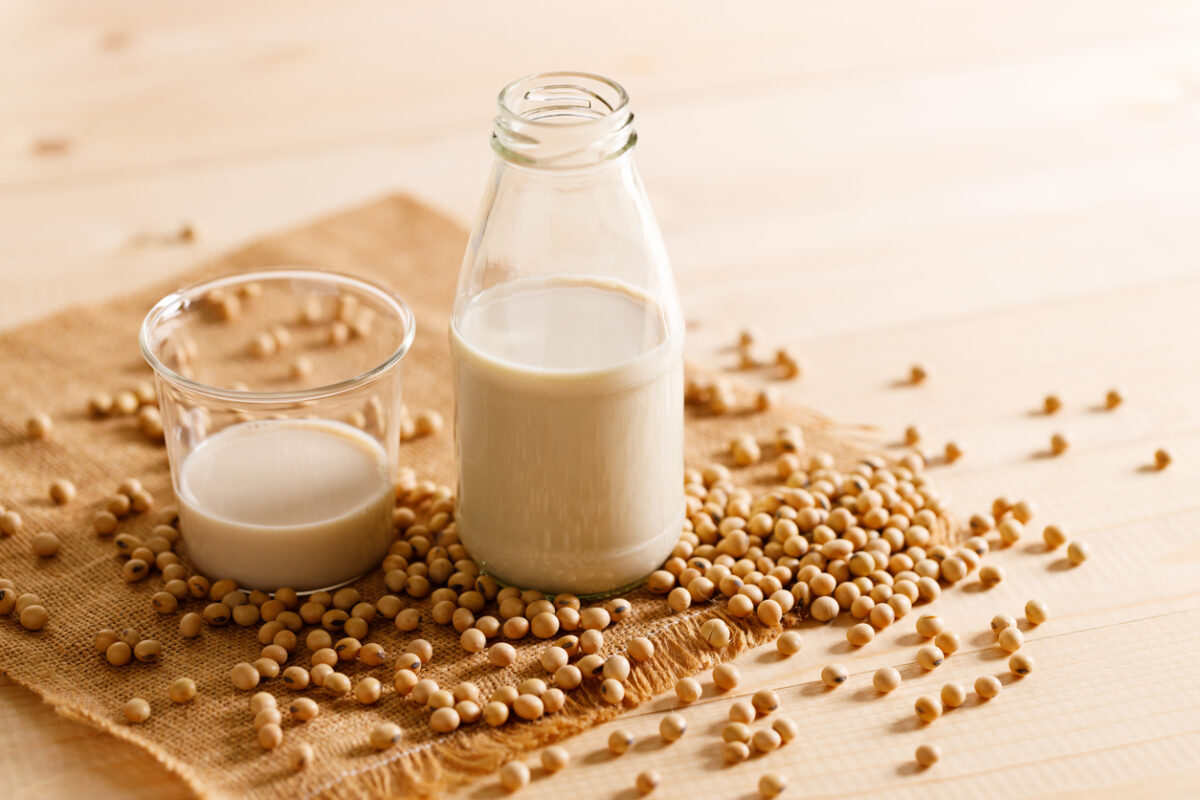Menopause can bring disruptive symptoms like hot flashes, mood swings, and sleep issues. While hormone replacement therapy (HRT) is a common solution, many women are turning to natural alternatives due to concerns over risks and side effects.
In Japan, traditional herbs and fermented foods have been used for centuries to support women’s health. This article explores the best Japanese herbal remedies for menopause—time-tested solutions that can offer gentle, effective support for your changing body.
Traditional Japanese Herbs That Support Menopause Relief
Key Herbs in Japanese Wellness
Japanese herbal practices borrow from Chinese medicine but have evolved into a distinct tradition. The following herbs are often used to ease menopause symptoms:
-
Tokishakuyaku-san: A classic blend featuring dong quai (Angelica root) and peony root, used to support hormone balance and circulation.
-
Keishi-bukuryo-gan: A cinnamon-based formula traditionally used for hot flashes, irritability, and poor circulation.
-
Shakuyaku-kanzo-to: Known to relieve muscle cramps and mood swings by calming the nervous system.
These herbs are rarely used on their own; they are part of multi-herb formulations prescribed to treat the “whole body,” not just symptoms.
Kampo Medicine: Japan’s Approach to Holistic Healing
Kampo is Japan’s adaptation of traditional Chinese medicine. It is integrated into the country’s modern healthcare system. Kampo prescriptions are evidence-based and often used alongside conventional treatments.
Two common Kampo formulas for menopause include:
-
Kami-shoyo-san: Often prescribed for irritability, mild depression, and hormonal imbalances.
-
Keishi-bukuryo-gan: Helps improve blood flow, reduce cold extremities, and manage hot flashes.
While Kampo medicines require a licensed practitioner in Japan, many formulas are available in the U.S. through reputable online stores or licensed acupuncturists.
Learn more: NIH on Traditional Asian Medicine
Japanese Fermented Foods That Act Like Herbal Remedies
Everyday Foods with Hormone-Helping Benefits
Japanese cuisine naturally incorporates ingredients that support hormonal balance. These functional foods can act like daily herbal therapy:
-
Natto: Fermented soybeans packed with isoflavones and vitamin K2—great for bone and hormonal health.
-
Miso: Fermented soybean paste rich in isoflavones and gut-friendly probiotics.
-
Shiso (Perilla Leaf): A fragrant herb with anti-inflammatory properties and antioxidant support.
These foods are easy to incorporate into Western diets. Try adding miso to soups or salad dressings, and shiso as a fresh garnish or in wraps.
The Power of Isoflavone Aglycone: Japan’s Modern Solution
While regular soy isoflavones are known to mimic estrogen, their absorption depends on gut bacteria. In Japan, researchers developed isoflavone aglycone—a fermented form of soy isoflavone that is ready for absorption without gut processing.
Introducing Effisoy® by Juveriente
Effisoy® is a natural supplement made with AglyMax®, a proprietary soy extract developed in Japan. It contains isoflavone aglycones derived from fermented soybeans, making it easier for the body to absorb and use.
Effisoy helps relieve:
-
Hot flashes
-
Irritability and anxiety
-
Sleep disturbances
-
Fatigue associated with menopause
It provides a gentle, hormone-free alternative that’s rooted in Japanese nutritional science.
Shop now on Amazon: Effisoy® – Natural Menopause Supplement
How to Start Using Japanese Herbal Remedies in Your Routine
Simple Steps to Get Started
-
Explore Fermented Foods
Look for miso, natto, and shiso at Whole Foods, Asian markets like H Mart or Mitsuwa, or online specialty stores. -
Consider Kampo Remedies
If you’re open to herbal formulas, consult a licensed acupuncturist or Eastern medicine practitioner. Some Kampo formulas are available without prescription. -
Try Effisoy for Daily Support
For women seeking an easy, proven supplement with no hormones or synthetic chemicals, Effisoy offers a bridge between tradition and science.
Further reading: Office on Women’s Health – Menopause
Final Thoughts
Japanese herbal and food traditions offer gentle, balanced support for women experiencing menopause. Whether through time-tested Kampo formulas, hormone-supporting fermented foods, or scientifically developed supplements like Effisoy, these natural remedies can help you navigate this phase with strength and grace.












































